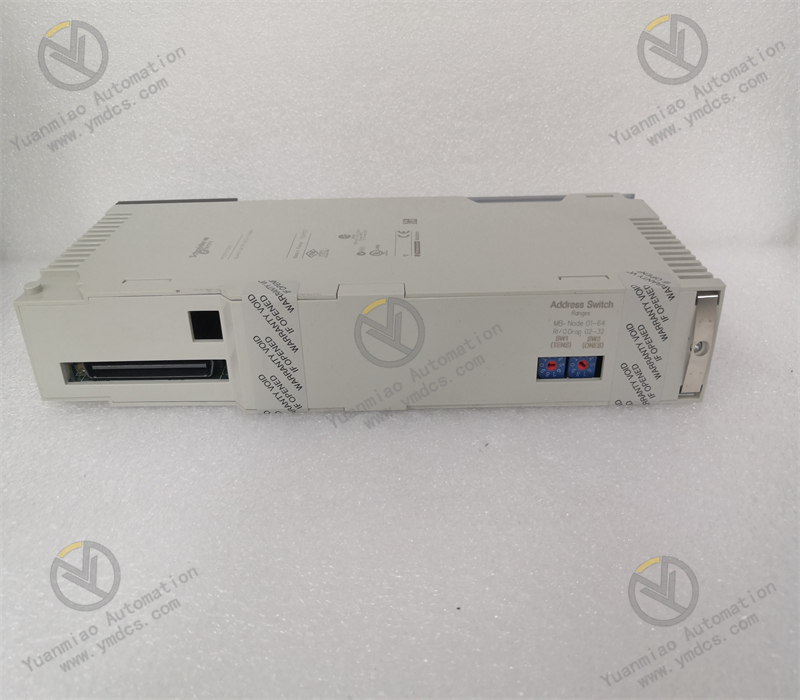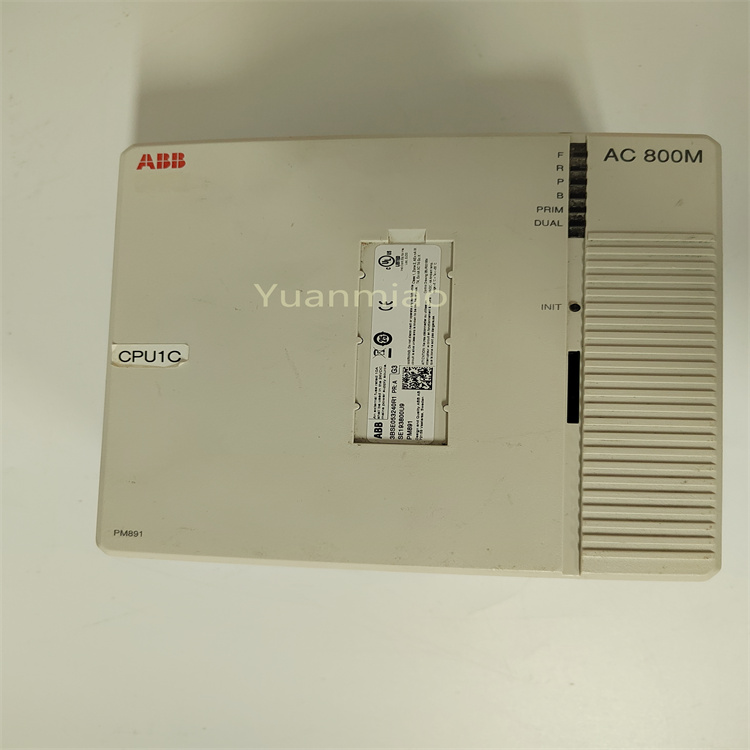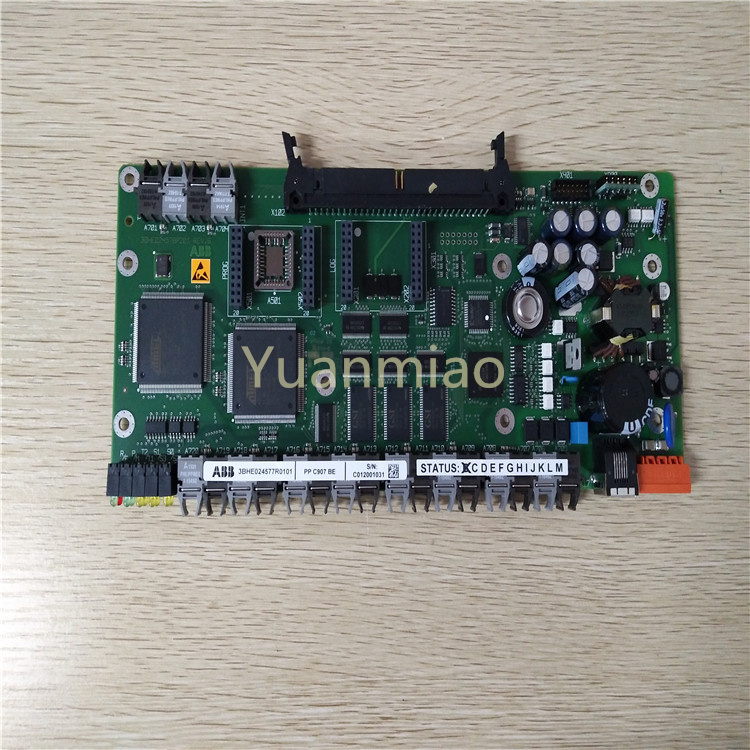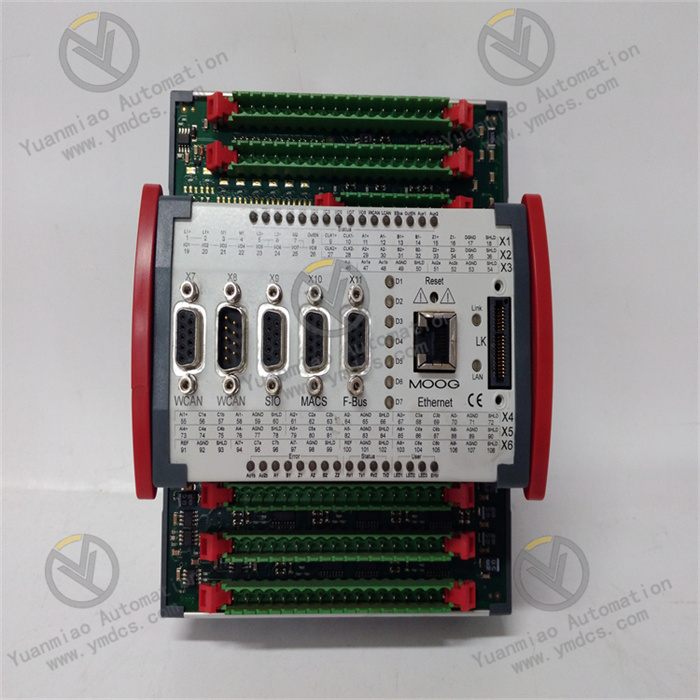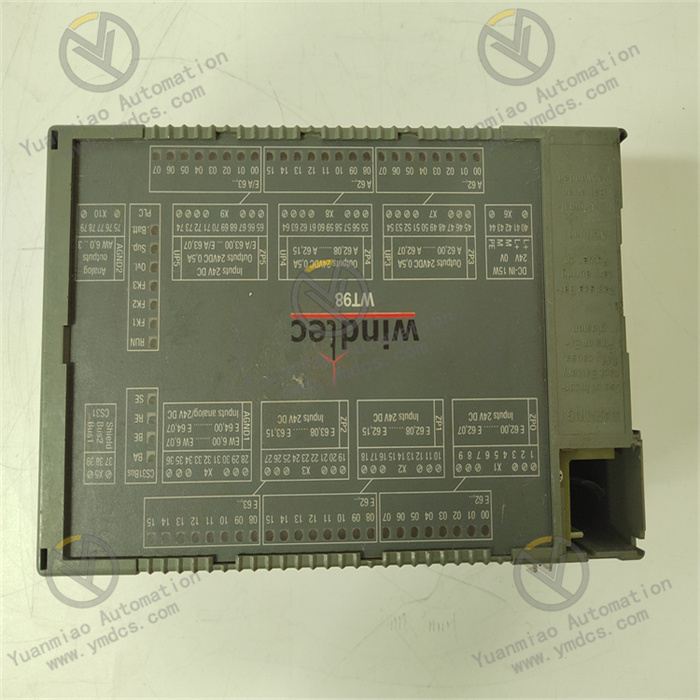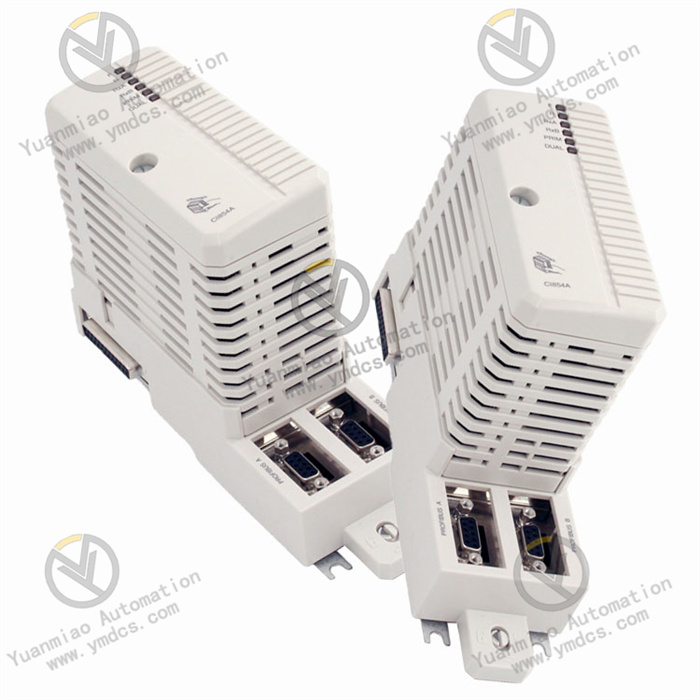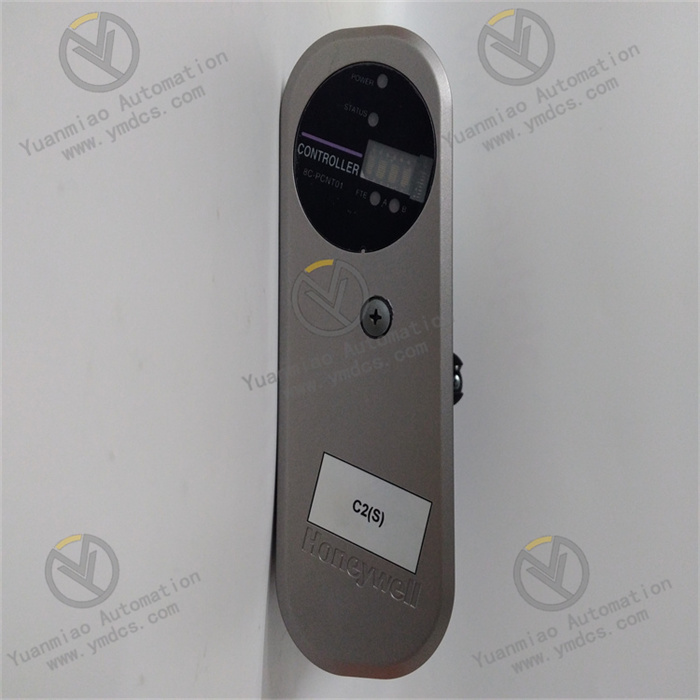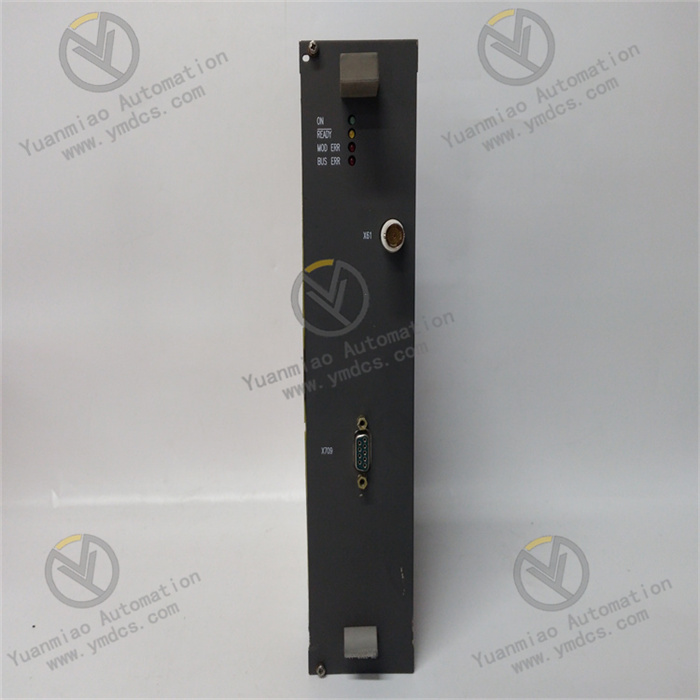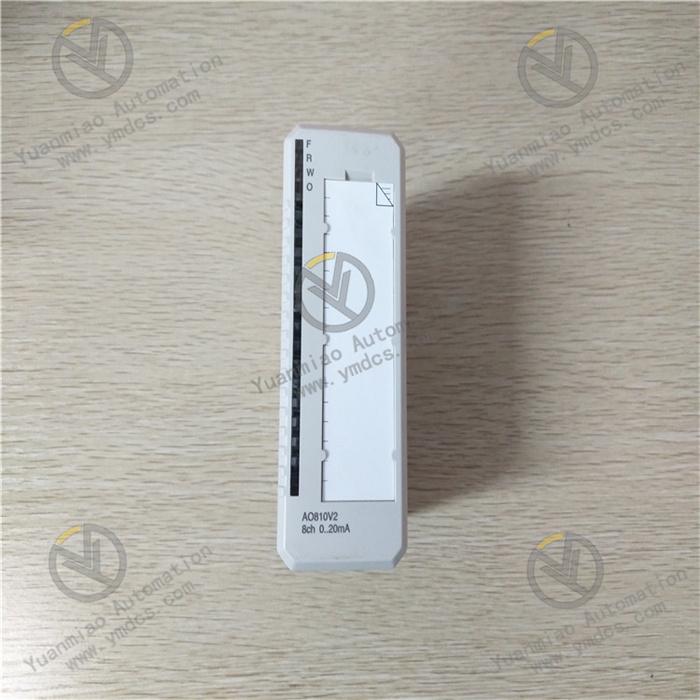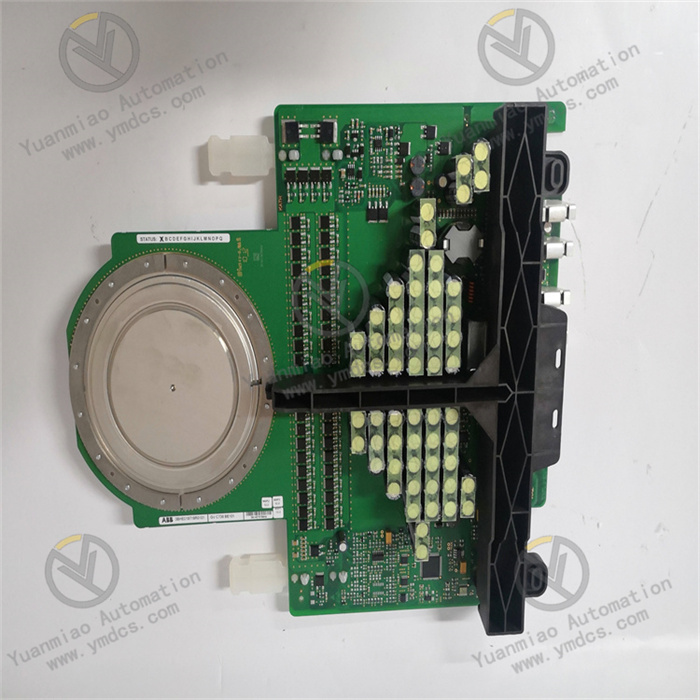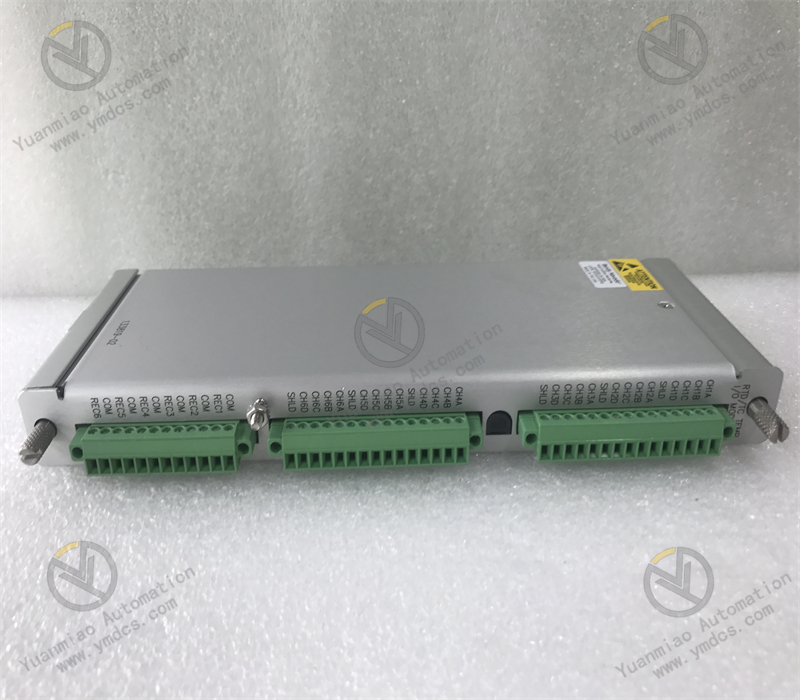Description
Schneider 140CPU11303 is a single-slot programmable controller with built-in execution memory, application memory, and communication ports. All memory components are on the board, eliminating the need for additional chips or cartridges. Flash technology is adopted to support the execution memory and instruction set of the CPU, facilitating on-site upgrades.
Main Features Memory Configuration: It has a maximum IEC program of 368k, an SRAM size of 512k, 16k of ladder logic, and 10k of available registers. Communication Capability: Equipped with communication ports, it supports communication protocols such as Modbus, enabling data interaction with other devices and realizing distributed control and system integration. Electrical Characteristics: The bus current requirement is 790mA. The operating temperature range is from 0°C to 60°C, the storage temperature range is from -40°C to 85°C, and the relative humidity is 95% without condensation, making it adaptable to a variety of industrial environments.
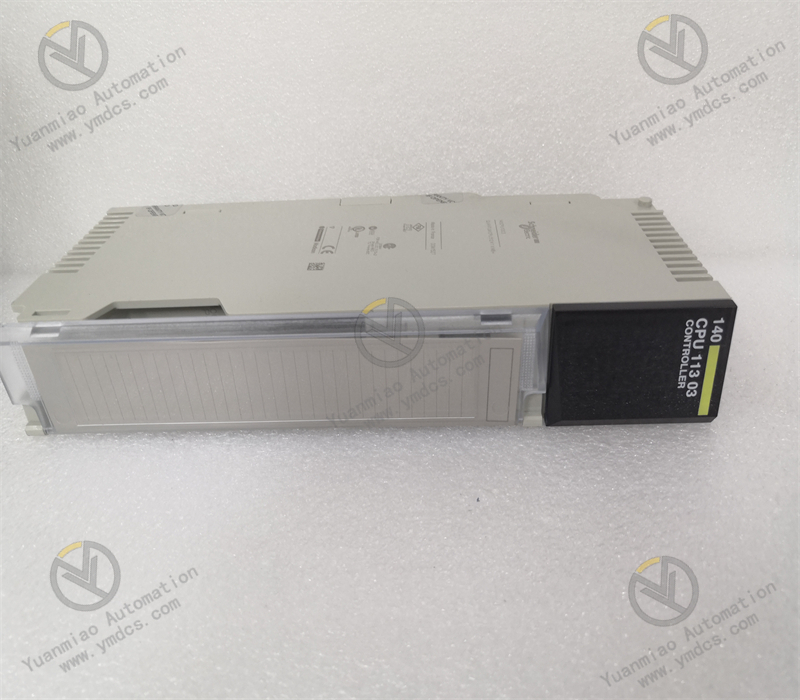
Working Principle Input Sampling Stage: The CPU module periodically scans various input devices connected to the system, such as sensors and switches, through its input interface, and reads the status information of these input devices into the input image register. During this stage, the CPU only samples and stores the input signals without performing any processing. Program Execution Stage: The CPU reads and executes instructions one by one starting from the starting address of the program according to the control program written by the user. During the execution of instructions, the CPU performs operations and processing based on the input status in the input image register, the current values of internal registers, and the logical relationships of the program, and stores the results in the corresponding registers or output image registers. Output Refresh Stage: After the program execution is completed, the CPU transmits the contents of the output image register to the output module through the output interface, and the output module is used to drive external actuators, such as contactors, relays, indicator lights, etc., so as to achieve the control of the industrial production process.
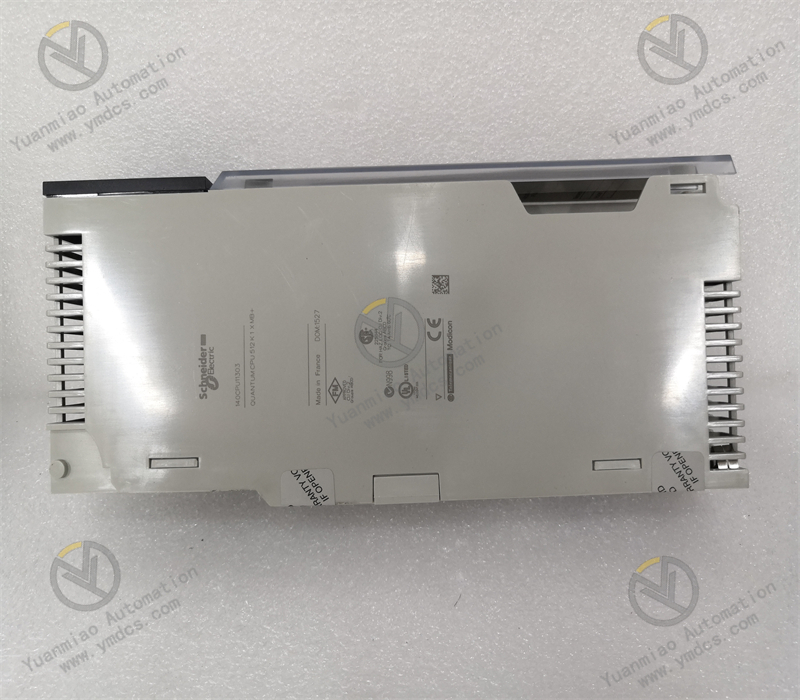
Technical Parameters: 1. Processor Performance: Processor Type: A high-performance processor is used, which has a fast instruction execution speed, can meet the requirements for quickly processing complex logic and algorithms in industrial automation control, and can realize real-time monitoring and control of industrial processes. Operation Speed: The instruction execution speed is relatively fast, and it can process a large number of instructions in a short time. For example, the execution time of basic logic instructions can reach the microsecond level, ensuring the timeliness of the system's response.
2. Memory Parameters: Program Memory: It has a maximum IEC program memory of 368k, which can store the control program written by the user. It supports multiple programming languages, such as Ladder Diagram (LD), Instruction List (IL), Structured Text (ST), Function Block Diagram (FBD), etc., making it convenient for engineers to develop and debug programs. Data Memory: Equipped with 512k of SRAM (Static Random Access Memory), it is used to store data during the operation of the system, such as input and output data, intermediate variables, operation results, etc., providing sufficient data storage space for the operation of the program. Special Memory: It has 16k of ladder logic memory, which is specially used to store data and logic related to the ladder diagram program, improving the execution efficiency of the ladder diagram program. In addition, there are 10k of available registers, which can be used for temporary storage and processing of data, making it convenient for the program to operate and manage data.
3. Communication Interfaces: Communication Ports: Equipped with multiple communication ports, it is convenient to connect with other devices. Common communication ports include Ethernet ports, which support Ethernet communication protocols, enabling high-speed data transmission and facilitating data exchange and remote monitoring with upper computers, other controllers, or intelligent devices. In addition, serial ports (such as RS-232, RS-485, etc.) may also be provided for connecting to devices with serial communication functions, such as sensors and instruments. Communication Protocols: It supports a variety of communication protocols, such as the Modbus protocol (including Modbus RTU and Modbus TCP, etc.), which is a widely used communication protocol in the field of industrial automation and can achieve interoperability and data sharing between different devices. At the same time, it may also support other industrial communication protocols, such as Profibus, DeviceNet, etc., to meet the needs of different industrial application scenarios.
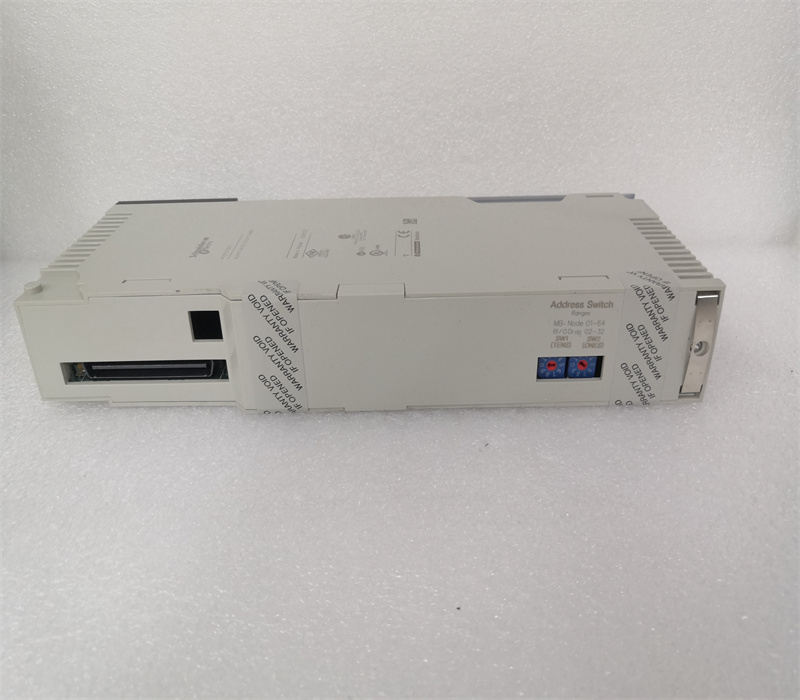
4. Input and Output Characteristics:
Input and Output Points: It can be connected to a certain number of input and output modules. The specific number of input and output points depends on the configuration and expansion capabilities of the system. Through expansion modules, the number of input and output points can be flexibly increased to meet the requirements of different industrial control projects.
Input and Output Types: It supports a variety of input and output signals, including digital quantity inputs (such as switching signals), digital quantity outputs (such as relay outputs, transistor outputs, etc.), analog quantity inputs (such as voltage and current signals), analog quantity outputs (such as voltage and current outputs), etc., and can adapt to the connection requirements of different types of industrial devices and sensors.
5. Working Power Supply: Power Supply Type: It is usually powered by a DC power supply or an AC power supply. The specific power supply type and specifications may vary depending on the product version and application requirements. Common power input ranges include 24V DC ±15% or 100-240V AC, etc. Power Consumption: In the normal working state, the power consumption of this CPU module is relatively low, which can effectively reduce the energy consumption of the system. The specific power consumption value can refer to the product manual or technical specifications.
6. Working Environment Parameters: Working Temperature Range: It can work normally within a relatively wide temperature range, generally from 0°C to 60°C, and can adapt to the temperature conditions of most industrial environments. Storage Temperature Range: The storage temperature range is from -40°C to 85°C, ensuring that the device can be stored in a wider temperature environment without being damaged when not in use. Relative Humidity: The relative humidity requirement is 95% without condensation, that is, in a high-humidity environment, the device can work normally without affecting its performance and reliability due to condensation. Protection Level: It has a certain protection level, such as IP20, etc., which can prevent dust and small objects from entering the device and protect the normal operation of the device.
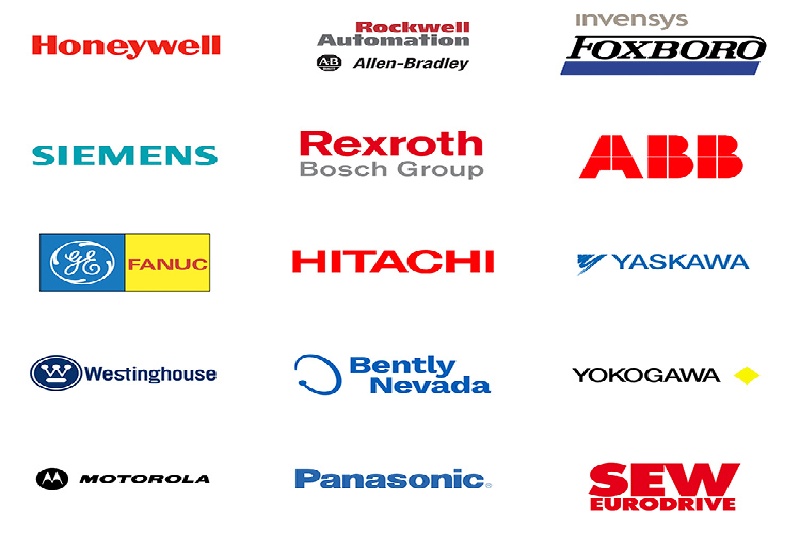
Application Fields
Industrial Automation: It is used to control and monitor the production process, can process input and output signals, execute control logic, and communicate with other devices to ensure the normal operation of the production process.
Process Control: In industries that require precise process control, such as the chemical industry and manufacturing industry, it is used to monitor and adjust various process parameters, such as temperature, pressure, flow rate, etc., to ensure production quality and efficiency.
Schneider Related Products
| 140NOE77101 | 140ECH10500 |
| 140NOE77111 | 140EDK77100 |
| 140NOM21100 | 140EIA92100 |
| 140NRP95400 | 140ERT85410 |
| 140NWM10000 | 140ERT85420 |
| 140XBE10000 | 140ESI06210 |
| 140XBP01000 | 140MSC10100 |
| 140XBP01600 | 140NOA61100 |


